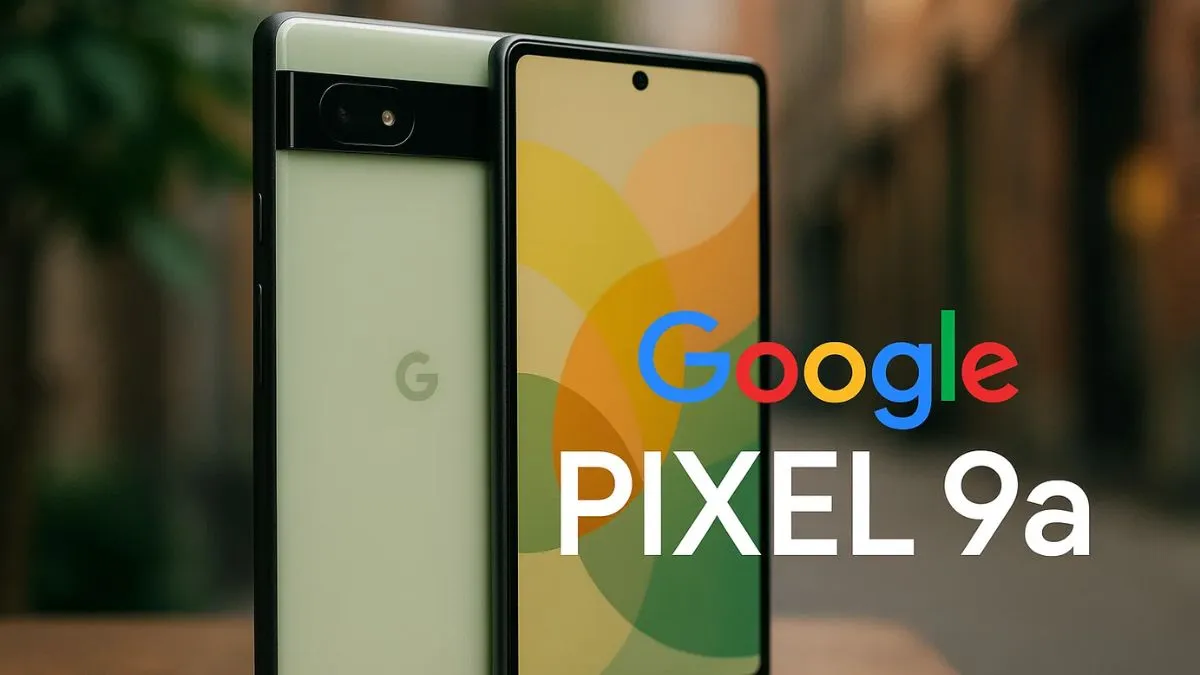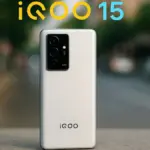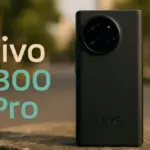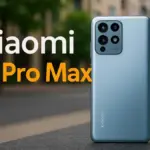The Google Pixel 9a is designed to bring core premium features of Google’s flagship phones into a more accessible and balanced package. With AI-enhanced tools, a refined camera system, strong software support, and solid hardware, it targets users who want “the Pixel experience” without the highest price tag.
Highlight Table
| Feature | Specification / Detail |
|---|---|
| Processor | Google Tensor G4 |
| Memory & Storage | 8 GB LPDDR5X + 128 GB / 256 GB UFS 3.1 |
| Display | 6.3″ pOLED, FHD+ (≈1080×2424), 60–120 Hz adaptive |
| Rear Cameras | 48 MP (main, OIS) + 13 MP (ultrawide) |
| Front Camera | 13 MP ultrawide |
| Battery | 5,100 mAh |
| Charging | 23 W wired / 7.5 W wireless |
| Durability | IP68 water & dust resistance |
| Software Updates | 7 years of OS & security support |
| Special Features | Titan M2 security chip, AI capabilities (Gemini Nano), computational photography |
Design & Display
The Pixel 9a carries forward the visual language of Google’s current flagship line, with a clean, flat-edge frame and a balanced camera bar across the back. The build uses a mix of materials to keep costs manageable while retaining a premium feel.
Its 6.3-inch pOLED display offers smooth visuals thanks to an adaptive refresh rate from 60 Hz to 120 Hz. This flexibility ensures better battery efficiency when high refresh rate isn’t needed, while giving silky motion where it matters. The display supports HDR and gets bright enough for use even under strong outdoor light.
Performance & Software
Under the hood, the Tensor G4 chip powers the Pixel 9a, offering many of the same AI-driven capabilities seen in Google’s top models. The 8 GB of RAM and UFS 3.1 storage help ensure snappy app performance, multitasking, and responsiveness.
A major selling point is the long-term support: 7 years of OS and security updates, which is exceptional for a mid-range device. This gives users confidence that their investment remains secure and relevant for much longer than typical in this price band.
Google integrates a lighter version of its AI tools — often under the name Gemini Nano — to suit the hardware constraints, while still enabling features like on-device translation, smart replies, voice transcription, and more.
Camera & Imaging
One of the Pixel line’s standout strengths continues with the 9a. The 48 MP main camera (with optical image stabilization) captures sharp, well-balanced images under many lighting conditions. The 13 MP ultrawide expands your framing options for landscapes, group shots, and more creative compositions.
On the front side, the 13 MP ultrawide selfie camera delivers wide-angle framing for group selfies or video calls. Google’s computational photography software — including Night Sight, HDR+, Real Tone, Magic Editor, and more — takes raw hardware performance a step further, producing images that often punch above the hardware’s class.
One limitation is the absence of a dedicated telephoto lens. Digital zoom is available, but the results may not match what optical zoom offers. Still, for everyday use, the camera system is more than capable.
Battery & Charging
The Pixel 9a comes with a 5,100 mAh battery, which is among the largest seen in the Pixel series to date. For day-to-day usage — browsing, social media, video playback — it comfortably lasts through the day, and in light usage scenarios, it can stretch into the next.
Charging is modest: 23 W wired and 7.5 W wireless. These aren’t blazing fast compared to flagship peers, but they are practical for overnight charging or topping up during the day. Google also includes battery optimization routines to manage background tasks and heating, ensuring more stable long-term battery health.
Durability & Security
A standout feature for the 9a is its IP68 rating, marking a first for the Pixel “a-series” lineup. This offers peace of mind against water and dust ingress. The phone also features Google’s Titan M2 security chip, which handles encryption, biometric data protection, and security-critical tasks.
Other protections include regular monthly security updates, a privacy dashboard, and built-in controls that let users manage app access and data use more deeply.
Pros & Trade-Offs
Pros
- Excellent camera capabilities driven by Google’s computational photography
- Long software & security update guarantee (7 years)
- Large battery with adaptive display to save power
- IP68 protection — rare in mid-range phones
- Google’s AI tools (Gemini Nano and related features) integrated into the experience
Trade-Offs / Limitations
- Charging speeds are moderate, not cutting-edge
- No dedicated telephoto lens (zoom via software only)
- Plastic or lower-cost materials may be used in non-visible areas to contain cost
- Some advanced AI features from high-end Pixels may not be fully enabled due to hardware constraints
Conclusion
The Google Pixel 9a stands out in the mid-range space by bringing together what many consider the most important aspects of a modern smartphone — excellent camera quality, long-term software support, and smart AI integration — without pushing users into flagship price territory.








